A shallow depth of field is without a doubt gorgeous.
Having the capability to blur background in your pictures is one of the first things we’re captivated by when we start to shoot with a DSLR (rather than a basic point and shoot your your iPhone).
So how do you do it?
Nothing in photography is isolated, there is always some relationship between settings and how you shoot that produces techniques such as this one.
In order to blur background in your images you’ll want to master these three ingredients. It’s not solely just about your lens or aperture.
Distance is as equally as important.
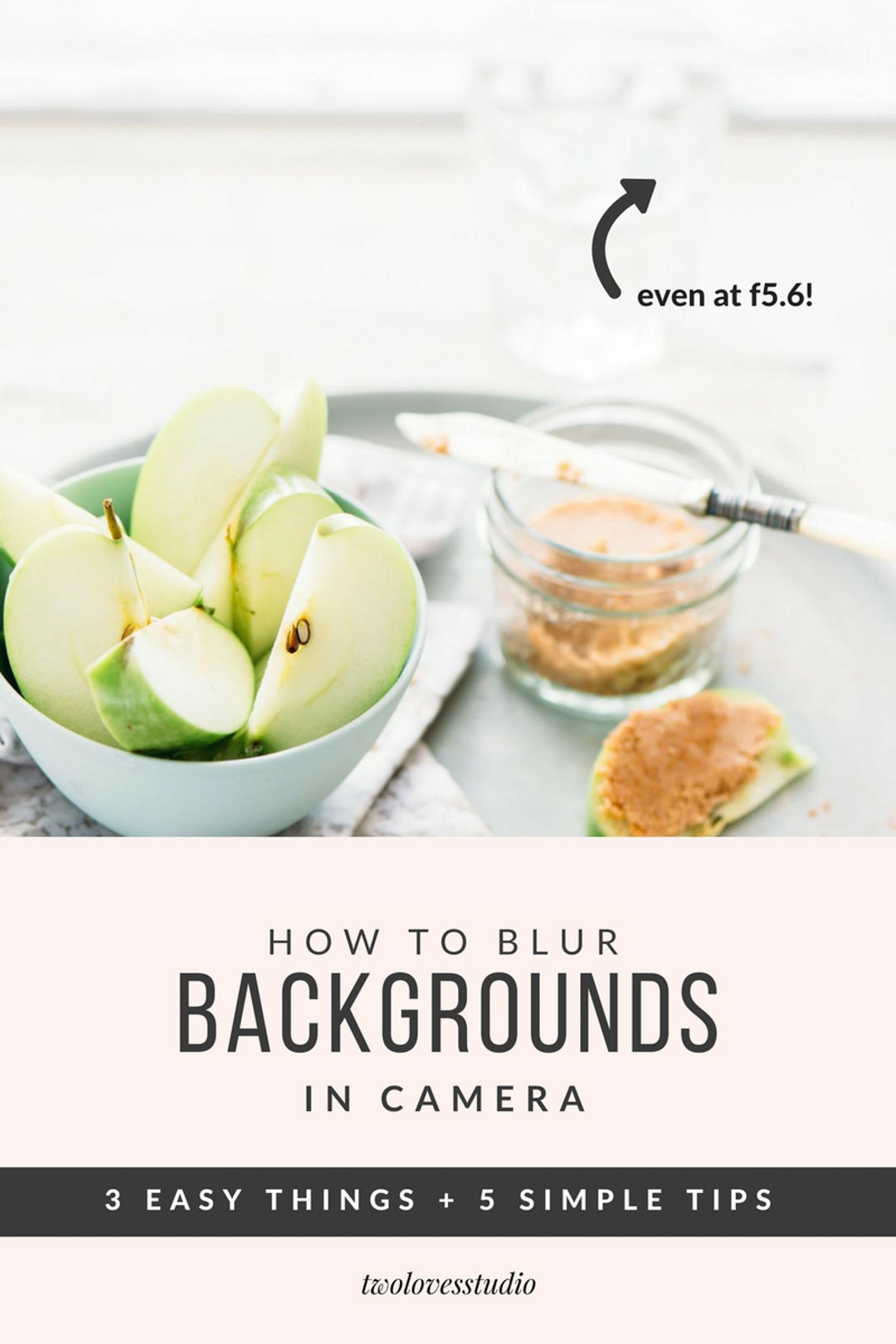
How To Make The Background Blurry
So what are these so called ingredients that we need for a blur background look?
Well, in a nutshell they are, depth of field (DOF), distance both from your subject and the subject to the background, and having a lens that has the capacity to capture large apertures, like f1.8 and f2.8.
With a macro you can even shoot at f5.6 at still get that blur!
Shoot At A Shallow Depth Of Field
You’re probably already thinking, well dah! I knew that. (And I am giving you a massive cyber high five right now…don’t leave me hanging here!).
The first thing you will need for a blur background is to be shooting with a lens that has the ability to shoot at a shallow depth of field. A lens that goes to f1.8 or f2.8 is ideal.
READ RELATED POST: 4 ULTIMATE FOOR PHOTOGRAPHY LENSES FOR BEAUTIFUL PHOTOS
But perhaps you don’t have a lens that can shoot at f2.8, or maybe you do – yet you find that everything is blurry (not just your background but your focal subject too)?
On a regular prime lens, try shooting anywhere between f1.4 – f3.5.
On a macro lens, try shooting anywhere between f3.5 – f5.6.
Now the ability to blur the background will depend on your distance, (more on that later), but these are good starting point apertures.
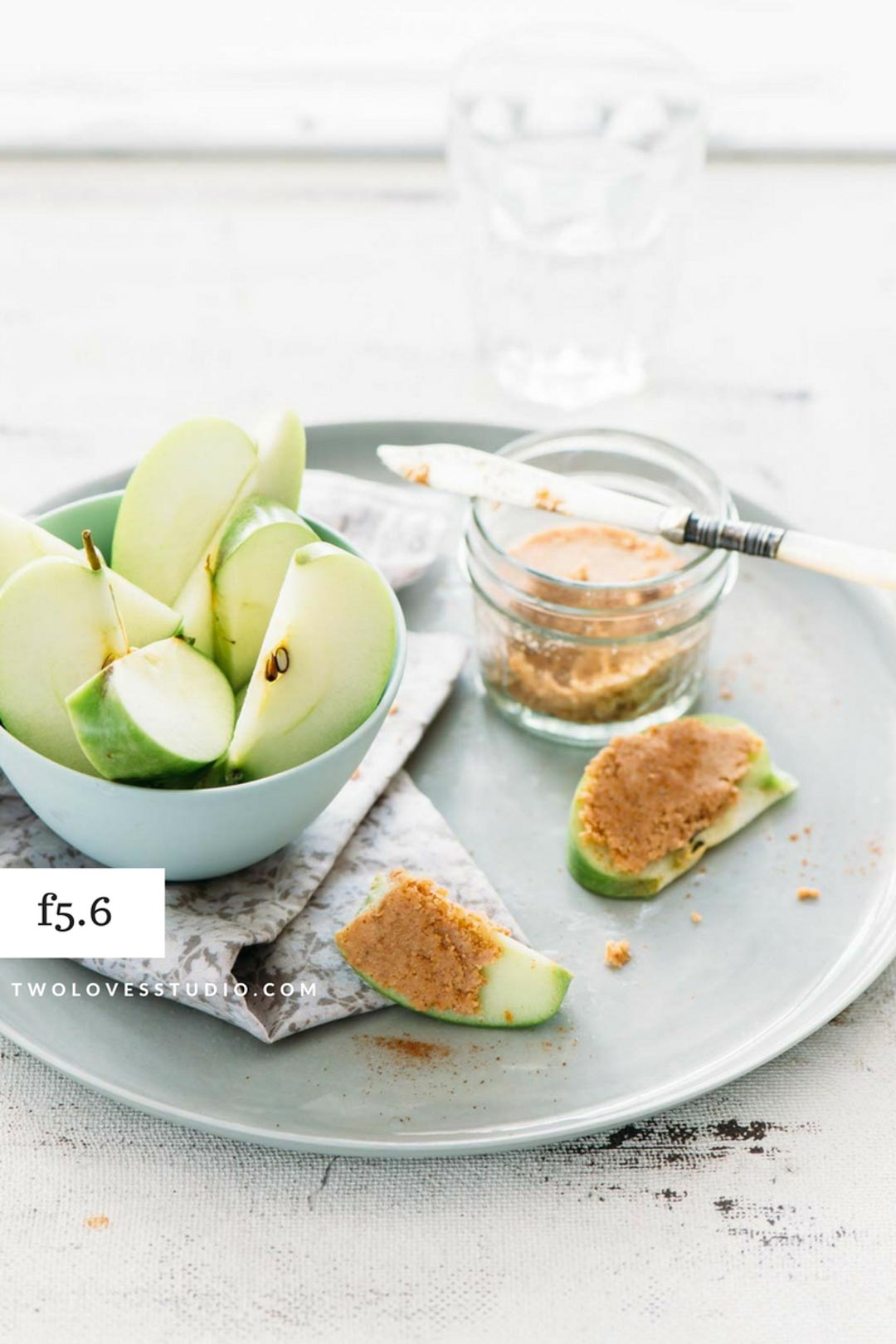
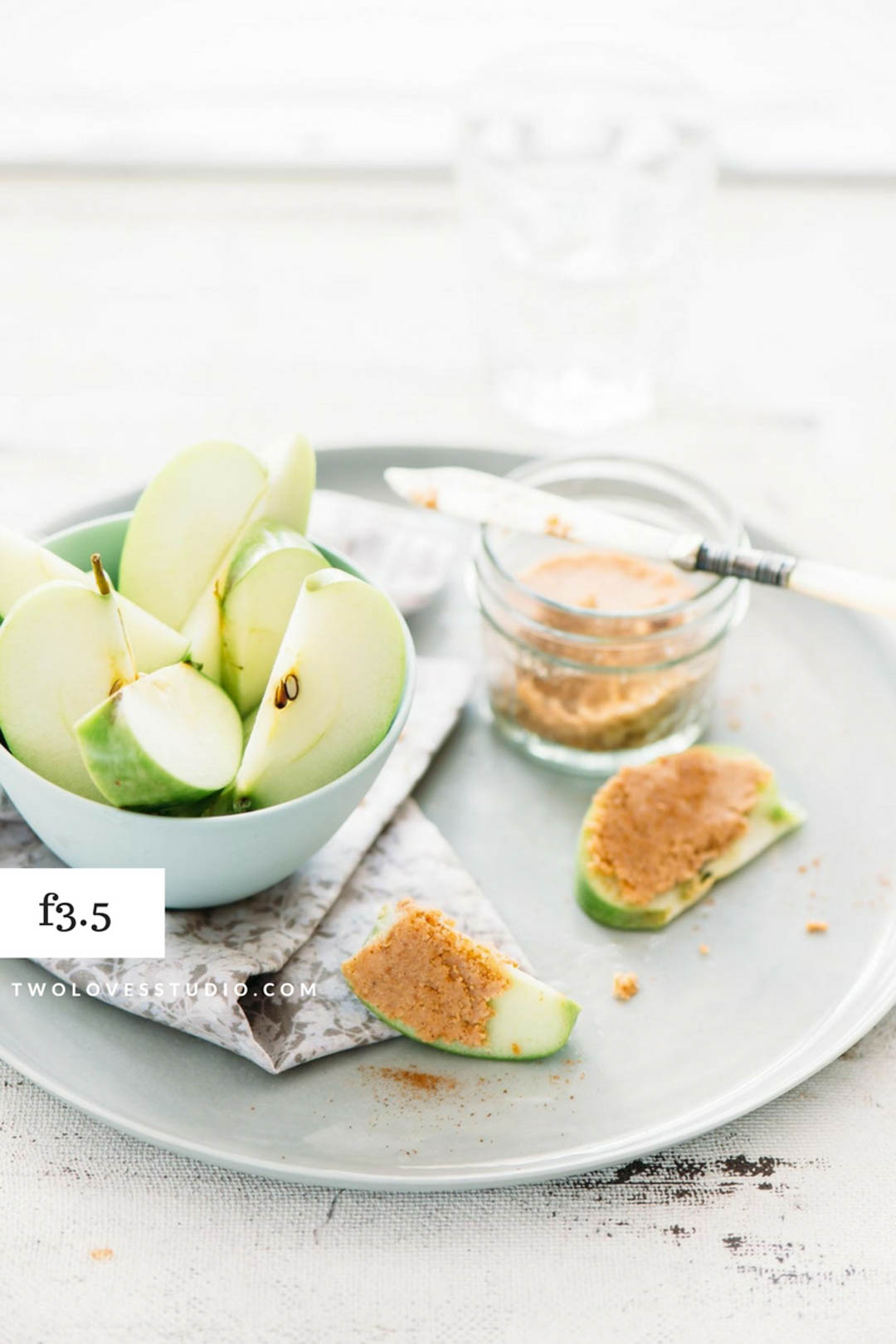
Use A Macro Lens
If you have a macro lens you will more likely be able to get a shallow DOF and get that blur background. Now, using a macro lens doesn’t mean you *have* to do macro photography. We aren’t trying to just capture one sesame seed on top of a bun here.
We’re just tapping into the relationship between aperture and magnification. As the magnification values are much larger on a macro than other types of photography, you’ll more naturally have a shallower DOF.
Macro lenses also generally allow you to have a much smaller minimum focusing distance, allowing for the ability to get closer to our subject and still being able to focus.
So put simply, macros can aid you in getting blur background in food photography because the magnification values are higher and you can get closer to your subject. Which is really just falling back onto the importance distance plays in achieving this look.
RELATED: Which Macro Lens for Food Photography Should You Buy
Distance From Your Subject And The Background
Like any relationship, all factors are equally important and to be considered so that you get this blurry background look in your food photography. BUT distance plays a very big role in determining your settings like aperture.
If you were to shoot on an aperture of f2.8 at subjects of different distances from your camera, you’d end up with completely different amounts of DOF.
For example, if you’re subject is really close to you and you shoot at f2.8, the background will be significantly more shallow.
Shooting at a subject that is further away from you and shooting at f2.8, the background will be significantly more in focus.
This is because suddenly the subject is now further away in comparison to the background. The relationship with between the background and the subject are relatively more close than the subject and your camera.
Here we are making the ‘gap’ between the subject and the background less.
Having a shallower DOF and hence more blur, will be when you can increase the gap between your subject and the background.With a macro lens, I can get up close and shoot at f5.6 and still get a blur background look.
Just take a look at these images, double and half the distance and f5.6 looks completely different.
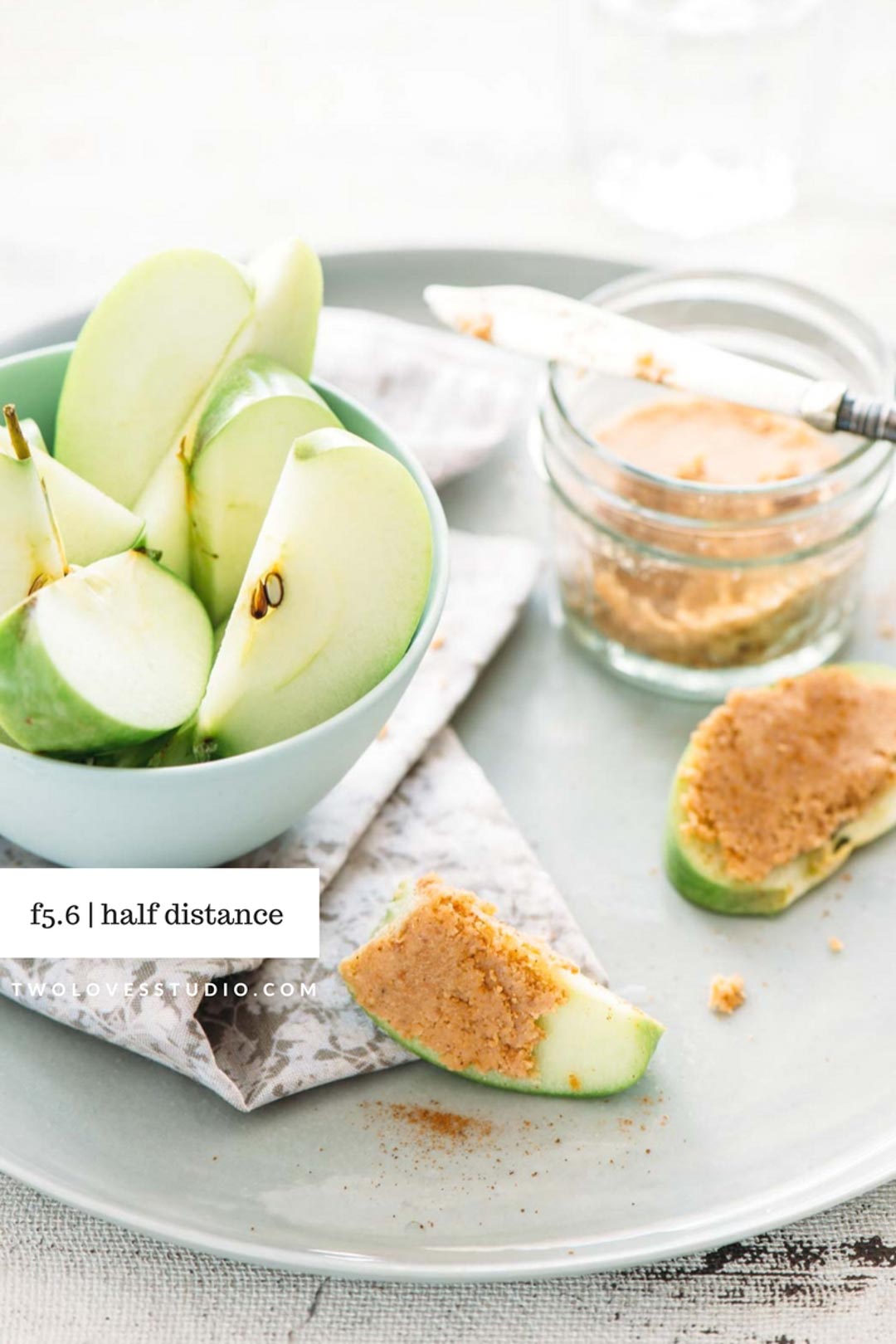
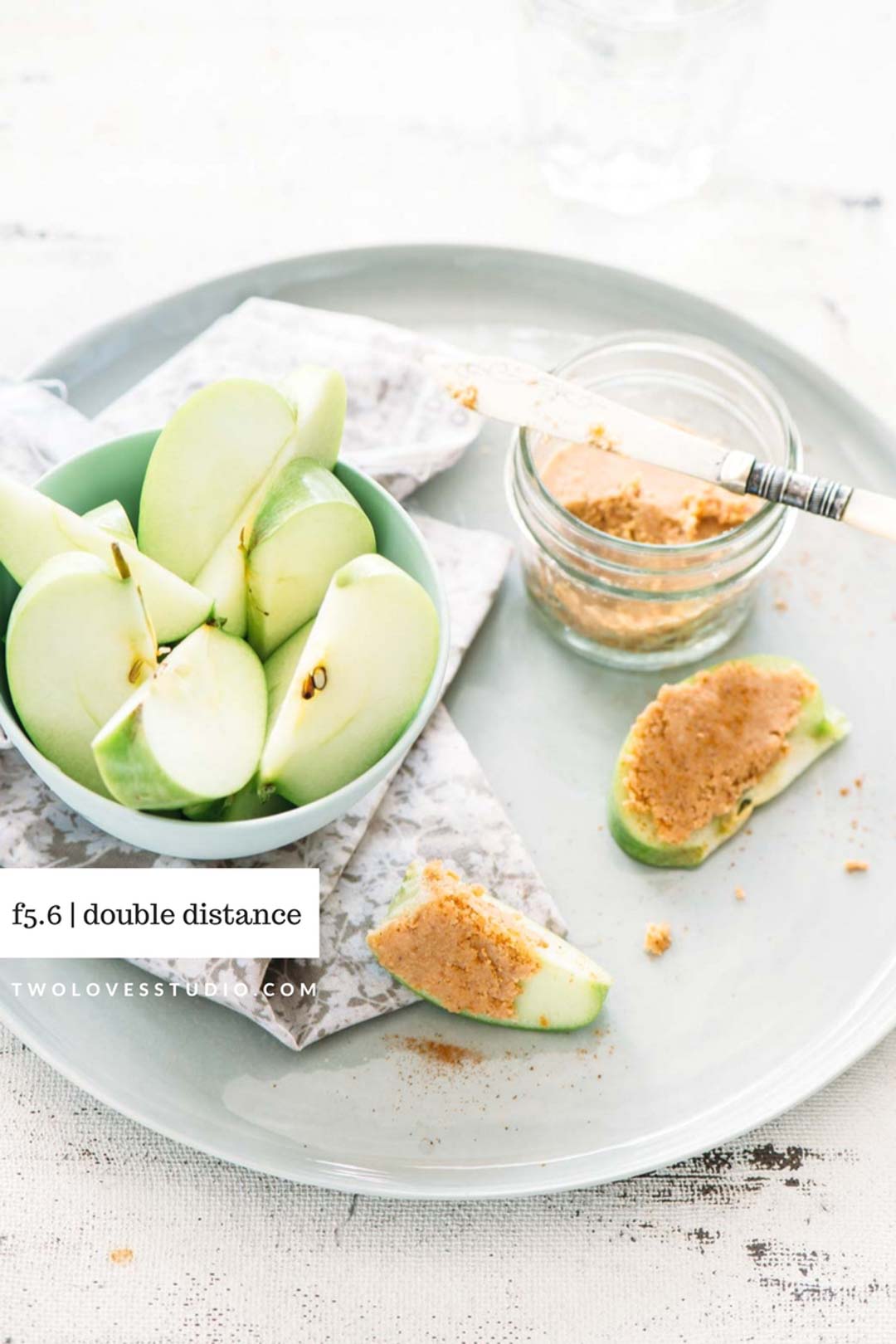
QUICK Tips For Getting That Blur Background Look
#1 Shoot On Large Backgrounds
Having a large backgrounds will assist you to be able to move your subject and set up closer to the camera, creating more separation between the subject and the background.
#2 Move Your Subject Closer
Having your subject closer to the camera and further from the background will increase the space between the two, allowing for the background to have a shallower depth of field when you shoot on larger apertures.
#3 Focus On A Subject Closest To Your Lens
The more you focus on something closer to your lens/camera, the more ability you will have to blur subjects further back, i.e your background.
#4 Use A Macro Lens
In most macros, you’ll have a better minimum focusing distance meaning you can get closer to your subject to focus and blur the subjects further back.
#5 Shoot A Large Aperture
Having that shallow DOF look will depend on the aperture you shoot. Using a large aperture such as f1.8 and f2.8 will allow you to get a blurry background whilst keeping your subject the focus.
Don’t be shy to go with apertures from f1.8 - f4.5 to see what will work best for your image.



Sergey Kim
my lovely f5,6 and 50-70 mm (17-70 Sigma)
Rachel
Perfect! Love it.
www.movzio.com
I have read so many content about the blogger lovers except this paragraph is actually a pleasant paragraph, keep it up.
Joana
Great results Rachel! If you are looking for free blurred backgrounds for your projects please try my freebie pack:
https://www.photoshopsupply.com/patterns-textures/10-beautiful-blurred-backgrounds
katie
You really ought to proofread your articles. This one has an awful lot of mistakes.